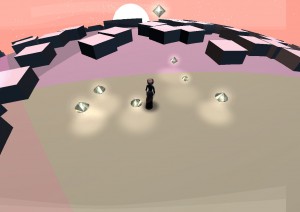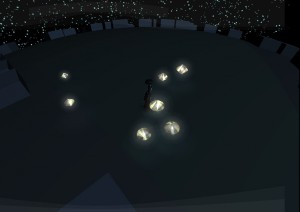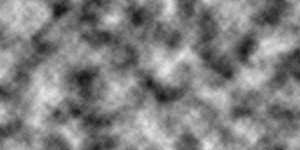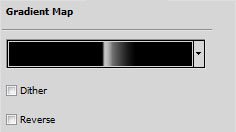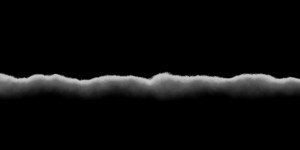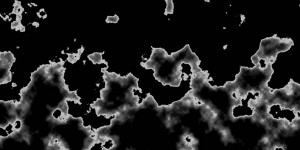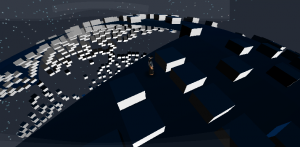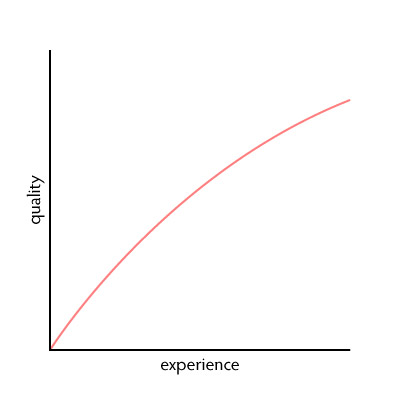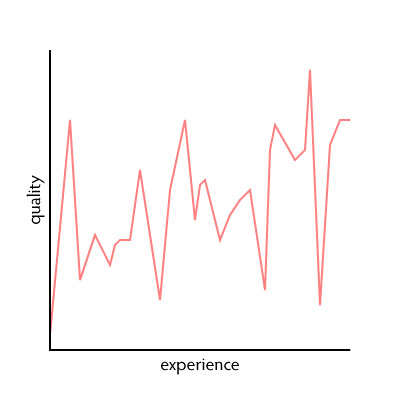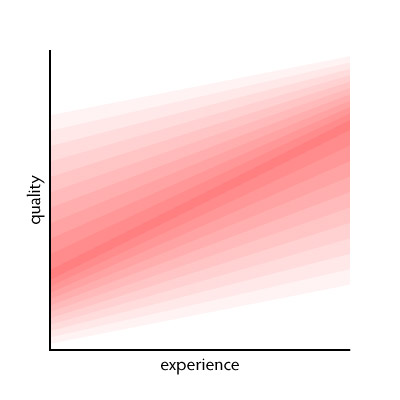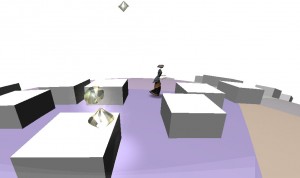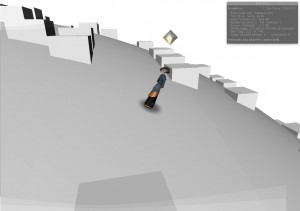(…and you spin yourself around…)
I was working on the content for my Tinselfly project page the other day, and I was having trouble expressing my goals for it. Largely because, with work-work and all the drudgery you have to do to get any kind of project like this off the ground and have it look professional, I’d actually forgotten what exactly those goals were.
So while I’m taking a short recharge break in the middle of my work day—yes, it’s 4:00 and that feels kinda of middle-ish, the way things have been going — I thought I’d try to write this up as best I could. Because sometimes just restating this stuff can give me new insight into it.
* * *
It’s all about school.
Consuming a story isn’t so much different than sitting in class. Character exposition is where you learn about characters. A story has to communicate a plot in clear, efficient terms, the way a history professor might talk about real events. If this is science fiction or fantasy, you have to be taught the rules of the story’s universe so that you can apply that knowledge to exploring the moral, ethical, and societal implications of fantastic ideas.
Novels use the same medium as textbooks, and movies aren’t structured so much differently than documentaries.
Of course, I’m talking about just one kind of class here: I’m talking about lectures. Where you read a textbook, and listen to a professor talk, and maybe there’s some group discussion, but frequently there isn’t. It’s very passive. Just like a movie or a novel, where it’s a very one way sort of thing.
In addition to lectures, most of us have attended labs. They’re also educational; they also have a set curriculum where everyone who attends each lab is supposed to come away having learned the same things. But they’re more hands-on than lecture classes, and many people enjoy this style of teaching more than lectures, and will respond better to it. Some students will internalize more from these types of classes.
If movies and written stories are like lectures, then I think games can be like labs. I don’t think games can be just as good at telling stories than a movie or a novel. I think they can be better, because it’s a better way of learning and internalizing the important parts of a story—at least for some people. They can still have linear, author-controlled narratives, and I believe some players will find these hands-on stories more engaging and moving and meaningful than the storytelling styles they were previously used to.
Of course, some people will still always find the average movie more emotionally satisfying than the average game, just as some people today prefer novels to film.
So there you have it.
I don’t know if I’m the person who’s going to succeed at pulling off this approach to storytelling.
But I’m sure going to try.
